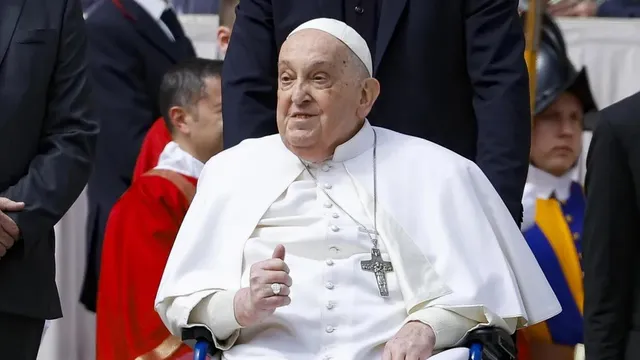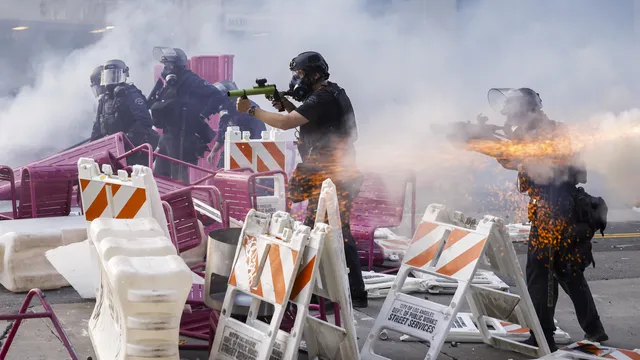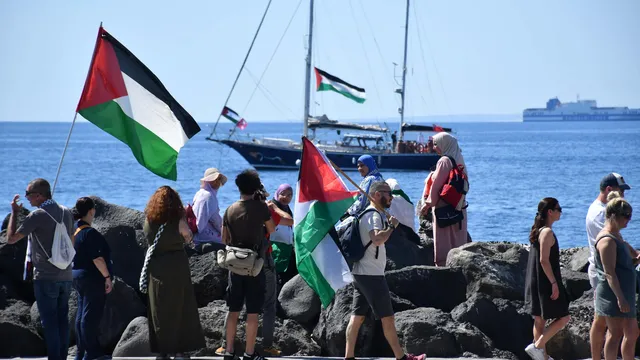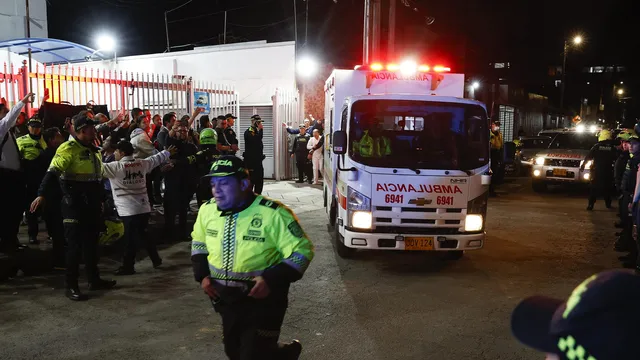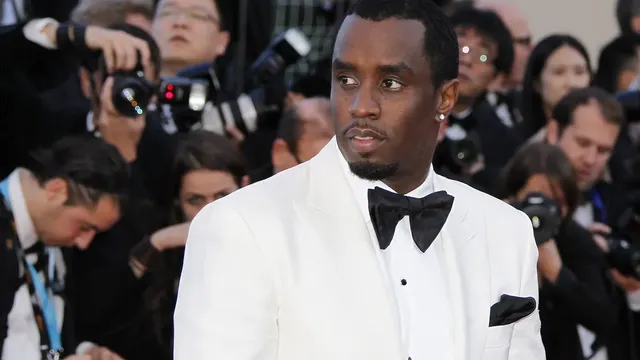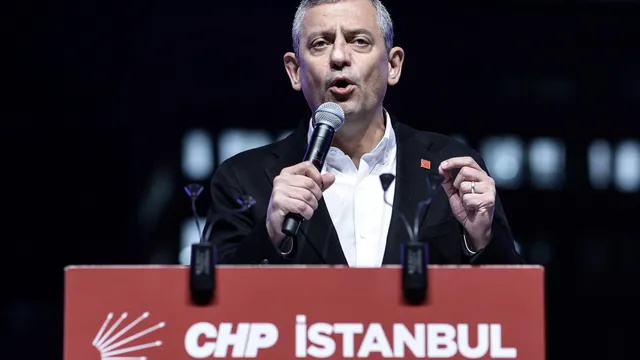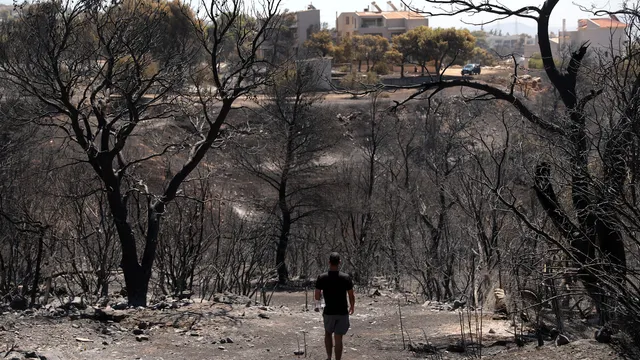Pope Francis looked visibly exhausted as he toured St Peter's Square in his Popemobile on Easter Sunday, cheered on by an enthusiastic crowd in his last public appearance.
The Vatican suspects the head of the Catholic Church knew he was using his last strength at the age of 88 and was weakening after a five-week struggle with bilateral pneumonia in hospital,
Among Catholics who gathered outside the Vatican to pray after Francis' death was announced, many saw his Easter appearance as a sign that the ailing pope's condition was improving.
Doctors had recommended a two-month recovery period, but the pontiff has gradually resumed activity in the month since he left hospital. The Pope's appearance on Easter Sunday was the last of several over the past two weeks.
"We got the impression that he wanted to go all the way," by contacting the people, "he was the pope of the people," a Vatican source told AFP on condition of anonymity.
"Pope Francis didn't die in hospital, cut off from the rest of the world, he had time to come back, to give his blessing, to experience Easter," he added.
Back to work
After being released from Rome's Gemelli Hospital, the head of the world's 1.4 billion Catholics, who was known for his tenacity, lost no time in returning to his duties.
On April 6, barely two weeks after his discharge, Pope Francis made his first public appearance at the Vatican, after a mass dedicated to the sick in St. Peter's Square, to the surprise of those gathered.
He greeted those present in a weak voice, still wearing a nasal cannula for oxygen.
The impromptu public appearances continued. On April 10, he entered St. Peter's Basilica to inspect the latest renovation work. Seated in a wheelchair, with the dark trousers he wore and the poncho placed on his chest, he looked more like a nursing home resident than the Pope.
A day earlier, Pope Francis held a brief audience with Britain's King Charles III and Queen Camilla, and on April 12 he left the Vatican to pray at the Basilica of Santa Maria Maggiore in central Rome, where he will be buried.
"He didn't have much time"
The Vatican continued to provide periodic updates on the pope's health. It said Francis was slowly recovering, with his breathing and motor skills improving.
At his Santa Marta residence in the Vatican, Pope Francis attended mass every morning on the second floor and worked in his office.
Surrounded day and night by a medical team, he signed papers, wrote letters and prayed.
To mark the beginning of Easter Holy Week, he appeared at the Palm Sunday Mass on April 13, where from his wheelchair pushed along St. Peter's Square, he reached out and offered candy to the children.
Although he was forced to delegate the main celebrations for the week to the cardinals, on Thursday the Pope headed to a half-destroyed and overcrowded Roman prison to greet some 70 inmates.
Asked on departure how he had experienced Easter week, Francis replied, "As best I can."
Considered reckless in the eyes of some, the Pope's walks did not surprise those who know the former archbishop of Buenos Aires' tough character, who has always stood up for the poor, the marginalized, the sick and the elderly.
A Vatican source explained why the Pope took "all these risks": "He knew he didn't have much time left and so he had important things to do."
Too much?
Was it too much? On Sunday, when he appeared on the balcony of St Peter's Basilica for his traditional "Urbi et Orbi" ("To the city and the world") blessing, he looked exhausted.
"Dear brothers and sisters, Happy Easter," he said before delegating the reading of the prepared text. Then, breathless, he pronounced the traditional blessing in Latin. These were his last words to the world.
But the Pope had prepared another surprise.
Seated in his white Popemobile, he drove around the square to shouts of "Pope Francis," raising his hand to wave but pausing occasionally to bless the babies in his path.
It was the final chapter of a 12-year pontificate that Pope Francis performed heartily until his last day. | BGNES, AFP

 Breaking news
Breaking news
 Europe
Europe
 Bulgaria
Bulgaria
